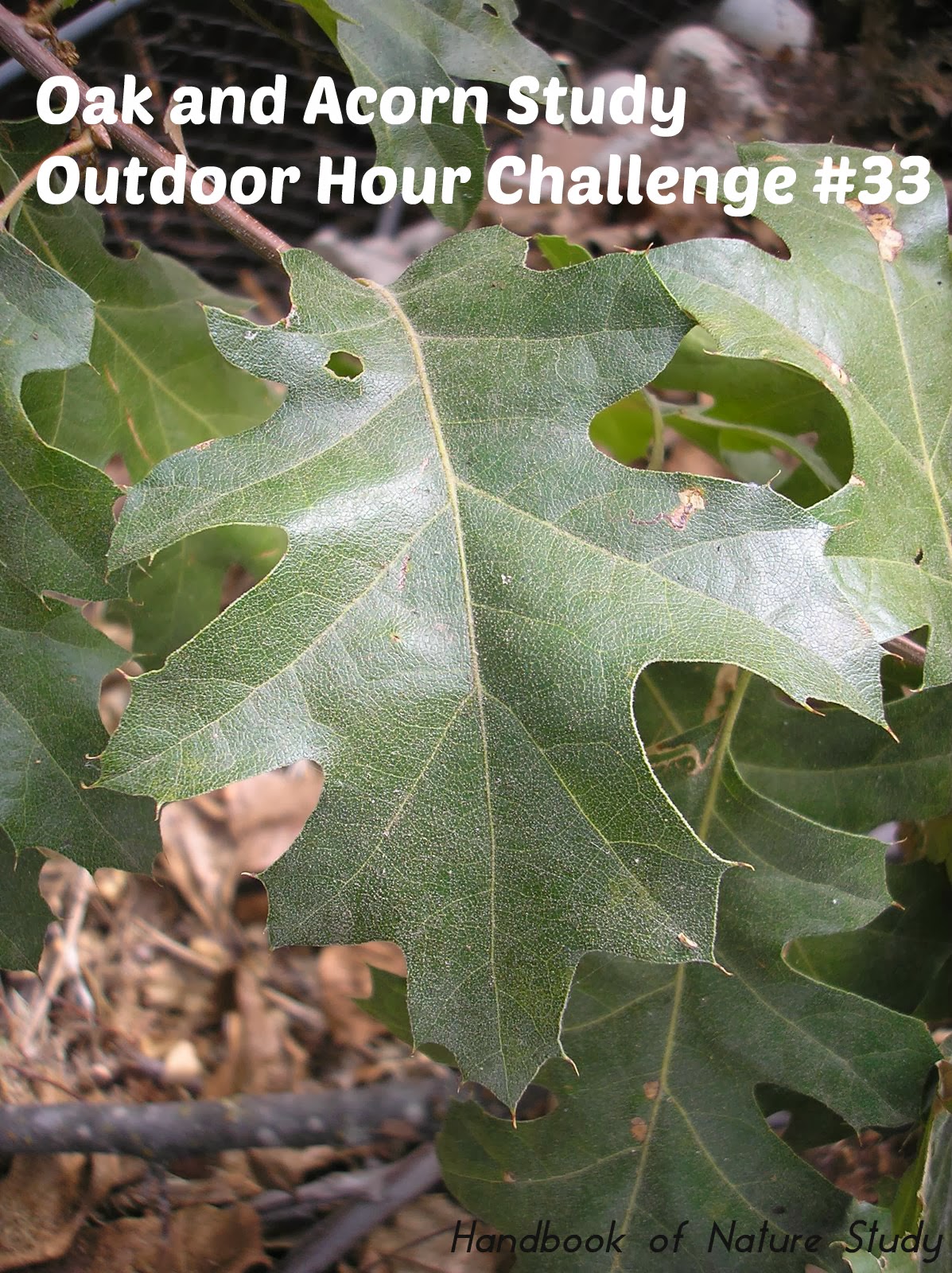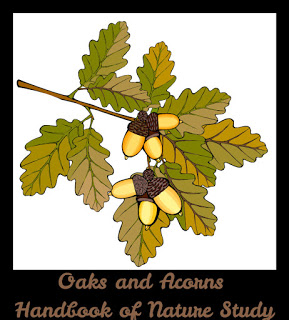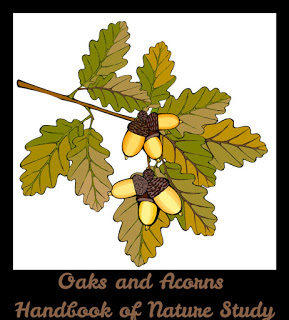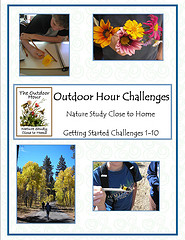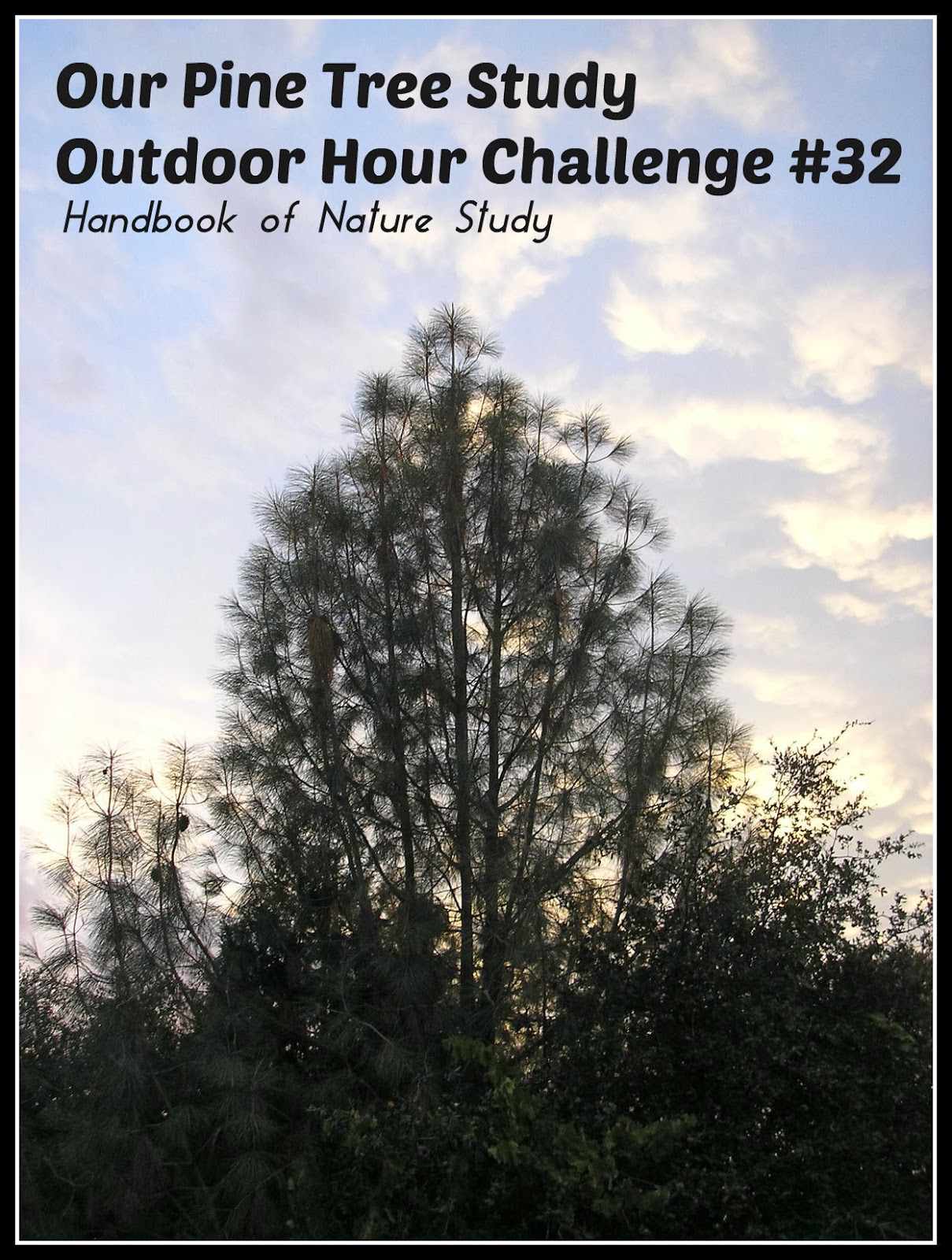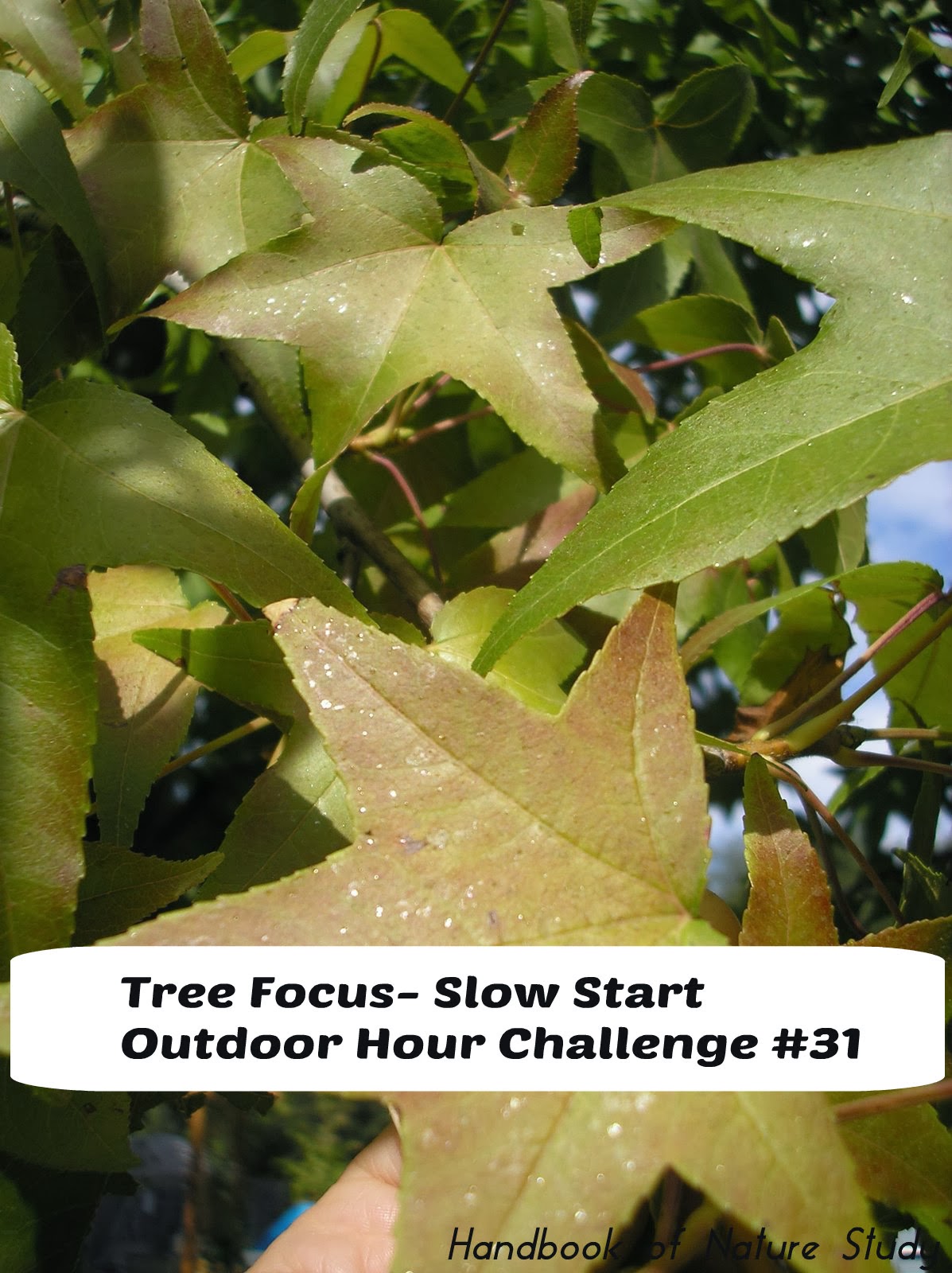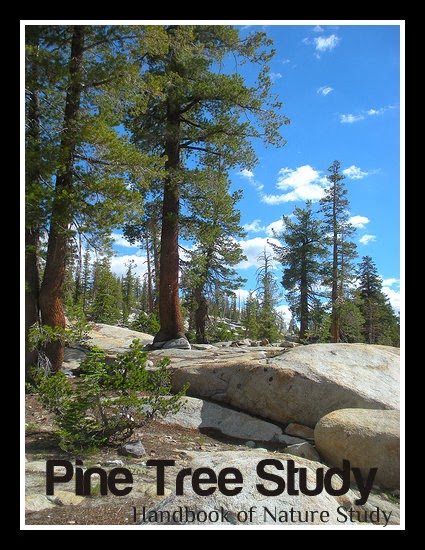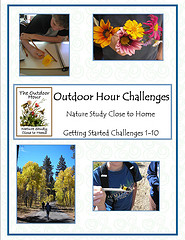We have a variety of oaks in our yard and on closer inspection, we have a lot of baby oak trees as well. The more we looked, the more seedlings we found to observe.
I pulled some out for us to examine the roots….they were really long.
Here is the oak seedling we pulled out and you could still see the remains of the original acorn too. Just what I need, an oak tree growing under the magnolia tree. Crazy thing is that I know how this acorn ended up far from the mother oak. Western scrub jays will poke acorns into the garden in various spots as a means of storage. They will not come back and find all the acorns and that allows a new tree to sprout far from the original oak.
Here is another kind of oak growing in the backyard.
We collected a number of leaves to examine indoors and to try to identify which kinds of oaks we have in the backyard.The different shapes of leaves were interesting to note. We had big leaves and little leaves. They were shiny or dull, pointed or rounded, and in a variety of shades of greens.
California Black Oak-leaves are really large and have deep lobes and bristle tips
Either Interior Live Oak or Canyon Live Oak-I need to go do some more close observation of the trunks and acorns
I am pretty sure this is a Valley Oak.
I can not believe there are so many different kinds of oaks right here in our backyard. We are literally surrounded by oaks. I didn’t even collect leaves from all of them. I know we have a California Scrub Oak in the far back of the property.
Now for the great acorns we collected at my parent’s house. Look at that big guy. He is a beauty. I am fairly certain it came from an Interior Live Oak tree.
The Native Americans in our area used the acorns as a staple in their diet. They collected the acorns and stored them in granaries. They would grind the acorns up to make a flour. Here is a link that explains it simply. The Indian Grinding Rock State Park is near where I live and it is a fascinating place to visit to get an idea of how the acorn was used by the Miwok Indians. Actually there is a place on the creek near my parent’s house that has grinding rocks that were used by the Miwok that inhabited the area before the California Gold Rush. The oak trees were a vital part of their lives.

